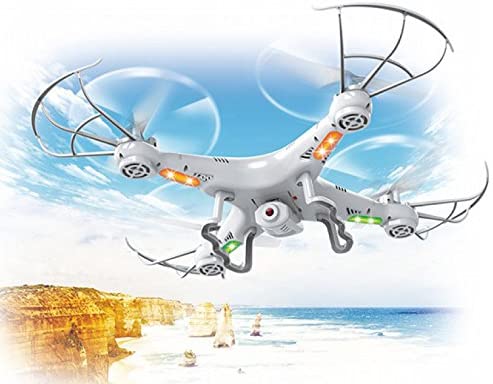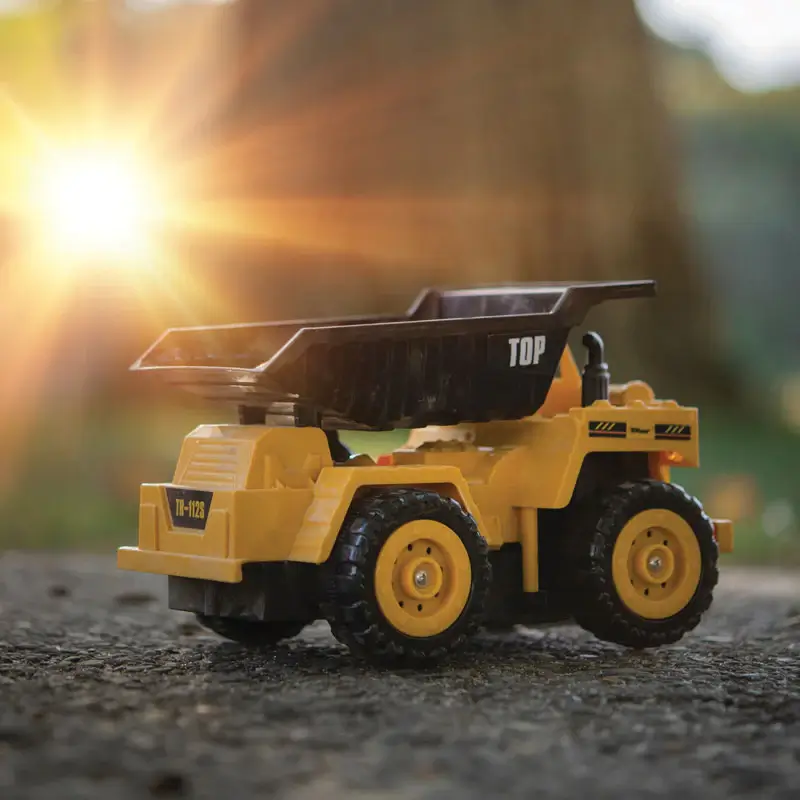Flying RC Airplanes and Drones – Your First Flight
Top Race’s remote-control helicopter/drones come in a wide range of different styles, colours and features. Although they look different, they all share one thing in common – how they fly.
Flying a RC helicopter/drone used to be a difficult and time-consuming process to learn, but with today’s highly responsive devices, almost anyone can fly one.
Everyone goes through different challenges when piloting a quadcopter or helicopter for the first time.
So, if you’re having trouble flying, you’re just getting started, or you’re looking to hone your skills — don’t worry.
You’re in the right place.

No matter your helicopter/drone model, this guide will help you prepare for your first flight, stay safe, get airborne, and learn some basic and advanced quadcopter flying techniques.
Beginners can learn how to fly RC helicopters and drones by practicing the simple start-up and flying techniques that will provide them with a solid foundation of skill.
See below for step by step guide to help you fly
- First, familiarize yourself with your remote controller. There will typically be two control sticks on either side. One stick controls the throttle and the other controls the rudder. There will be also be two dials that are used to adjust the aileron trim and the elevator trim.
- Be sure that the RC helicopters battery pack is plugged in properly and securely. Slowly increase the throttle until the helicopter is hovering just slightly above the ground. Practice keeping it in this spot without drifting.
- If your helicopter does begin to drift, you can adjust the aileron trim until it stabilizes. Adjust the aileron trim if your helicopter drifts sideways until it is stable. If you need to make an emergency landing, turn off the throttle first before making any aileron adjustments.
- While your RC helicopter is hovering just above ground, practice making small adjustments to the aileron and elevator trim making note of what each adjustment does. These small adjustments made during flight are used to control your RC by making it go forward, backward and sideways. Adjustments made to the rudder during flight will cause your helicopter to change the direction it is facing.
- Once you feel comfortable controlling your RC helicopter or drone, increase the throttle even more. The higher your helicopter gets, the more air resistance it will have. This will make more adjustments necessary to overcome the added resistance and get your RC to do what you need it to.
- As practice for what we talked about in step 5, alternate flying your helicopter or drone in the air and close to the ground. This will make you a better pilot and prepare you for many different obstacles you will encounter.
- Make sure that your RC helicopters battery pack is fully charged before each flight to ensure maximum performance. If you feel that you are losing control of your RC helicopter or drone or the batteries are wearing down causing less response to your controls, turn of the throttle and let is crash to the ground. A crash of this nature is much safer than letting the blades run into a wall or other object.
- Be sure to fly your RC helicopter a safe distance from other people to avoid injury and accidental crashes. Visually test the controls of your RC helicopter before turning on its propeller to make sure everything is working properly.
And remember….Have fun!

